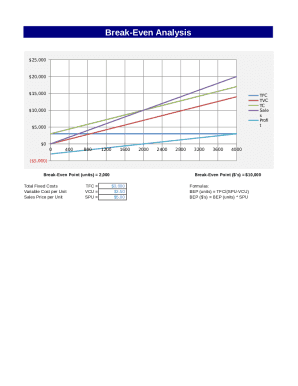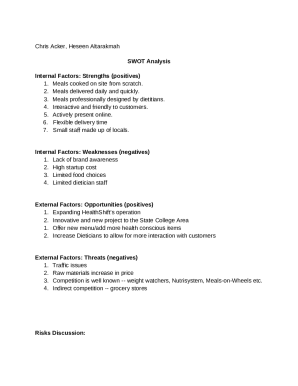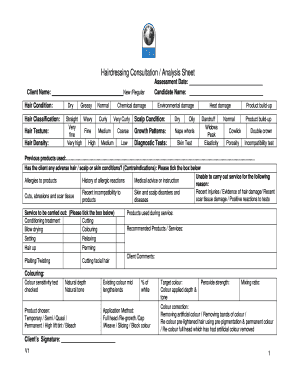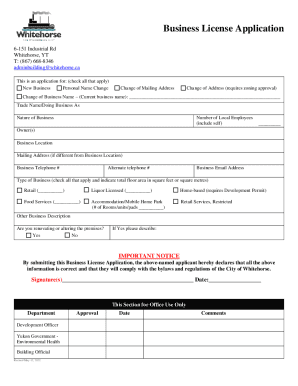Personalize and organize Analysis Business Forms in a few simple clicks. View and access document templates and effortlessly edit them with DocHub adaptable editing features.








Document management occupies to half of your business hours. With DocHub, you can easily reclaim your time and enhance your team's productivity. Access Analysis Business Forms online library and explore all templates relevant to your daily workflows.
Effortlessly use Analysis Business Forms:
Speed up your daily document management with the Analysis Business Forms. Get your free DocHub profile today to explore all forms.